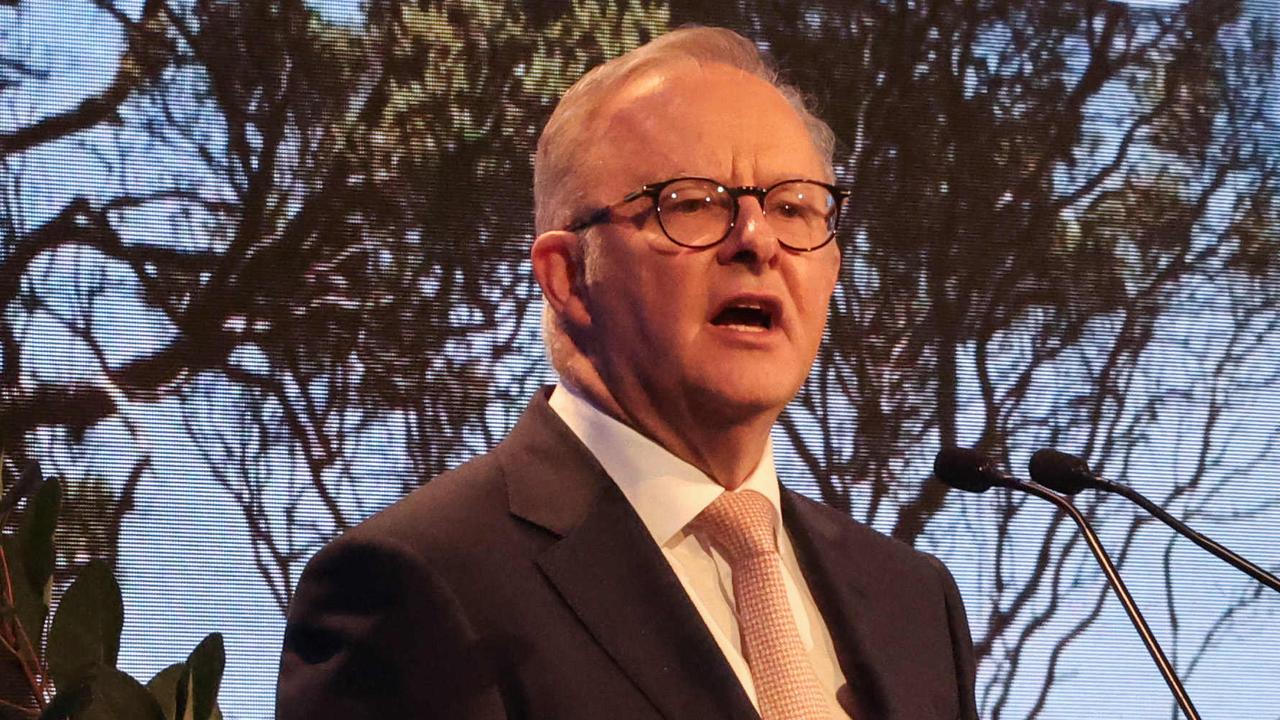Suburban Rail Loop to spark jobs and high-rise suburban population boom
The Suburban Rail Loop will transform Clayton into Collingwood and Box Hill into a “new South yarra”. Here’s how your suburb is set to change.
The Suburban Rail Loop project linking middle-ring suburbs will spark a jobs and high-rise population boom, helping to ease Melbourne’s “unsustainable” urban sprawl.
Suburbs such as Cheltenham, Glen Waverley and Box Hill will be transformed, as Melbourne leapfrogs Sydney as Australia’s biggest city by early 2027, and marches towards a population of nine million by 2056.
The business case used to justify the Suburban Rail Loop, which would create a circular rail network between Cheltenham and Werribee, says without increasing density in middle suburbs the city’s liveability would plummet.
The $34.5bn first stage of the project, between Cheltenham in the southeast and Box Hill in the east, would kickstart major high rises in established areas, paving the way for 140,000 homes to fill suburbs around new station precincts.
As a result this would see 16,000 households that would have packed up for the city’s fringes, where transport and jobs are less accessible, move into middle suburbs.
“Unless plans to manage population and employment growth are supported by the right infrastructure, Melbourne remains at risk of ongoing unsustainable urban expansion, increasing congestion, flatlining economic growth and declining liveability,” it says.
“Victoria is now expected to grow to 11.2 million people by around 2056 and greater Melbourne will reach around nine million people – a similar size to London today.”
As part of the plan, new job and housing precincts would be created around six new underground stations at Cheltenham, Clayton, Monash, Glen Waverley, Burwood and Box Hill. Those areas would become more dense, attracting industries and services that the government forecasts would create an additional 353,000 jobs over four decades.
“When new areas become more attractive because of infrastructure, this redirects the property market and intensifies urban development, leading to a shift in urban form,” the investment case says.
“Research indicates that increasingly more people prefer to live in a townhouse, semi-detached dwelling or apartment in a middle ring suburb, rather than a detached dwelling on the urban fringe.”
Modelling shows without significant changes such as the rail loop, half of Melbourne’s population is set to live in the “outer ring” of the city by 2056, up from about 45 per cent. In contrast, the middle ring will house 36 per cent of the population in 2056, down from 45 per cent.
“Ongoing population growth in the outer ring will mean that more people are living in areas with poor access to public transport. This means more people rely on private vehicles, adding to congestion,” the report says.
New precincts around the new stations “will support around 232,000 households and 545,000 jobs by 2056 – up from 92,500 and 192,000 respectively in 2018”.
“As more people call these precincts home, there will be a 1.5 per cent decline in urban expansion by 2056 – with more than 16,000 additional households locating within the inner/middle ring suburbs rather than in the outer growth areas,” the report says.



Report authors use comparisons to current jobs hubs to illustrate the shift. Cheltenham will have the jobs and homes that Cremorne does now, Clayton will transform into Collingwood, Monash will be more like South Melbourne, and Box Hill will become a new South Yarra.
In the northern section of the project, Bundoora will become more like Albert Park, and Broadmeadows will become a Brunswick.
The other benefits of the transport link would be the number of private car trips taken off roads, which modelling shows would be more than 600,000 a day by mid-century.
Public transport trips would also be much quicker, with a trip between Cheltenham and Box Hill likely to take just 22 minutes.
Transport and infrastructure experts are divided about whether the vast cost of the project, which could be $120bn once the entire loop between Cheltenham to Werribee is built, gives the best bang for buck to tackle growing pains.
Adjunct professor at the University of Sydney, John Stanley, who has been part of expert planning panels under Liberal and Labor governments, said he doubted Melbourne would balloon to nine million people by mid-century.
“Melbourne was among the fastest growing areas in the world two years ago, but I don’t think that level is sustainable,” he said.


Prof Stanley said creating circumferential transport options were a “tick” with regard to planning for growth, but there was a “question mark” over whether the SRL was the best option – especially with the unknown long-term impact of Covid-19.
Transport Infrastructure Minister Jacinta Allan said the project was critical to Melbourne’s future.
“Suburban Rail Loop is a once-in-a-generation opportunity to get ahead, by shaping where and how our city grows in the decades ahead, as our population grows,” she said.
“SRL is more than a rail line – it will help us grow sustainably, building on the qualities that make Melbourne one of the world’s most liveable cities, and giving people better access to good transport, jobs, education, health and affordable housing in the middle suburbs.”
Opposition transport infrastructure spokeswoman Louise Staley called for more consultation with communities where “tens of thousands” of extra residents would pour in.





